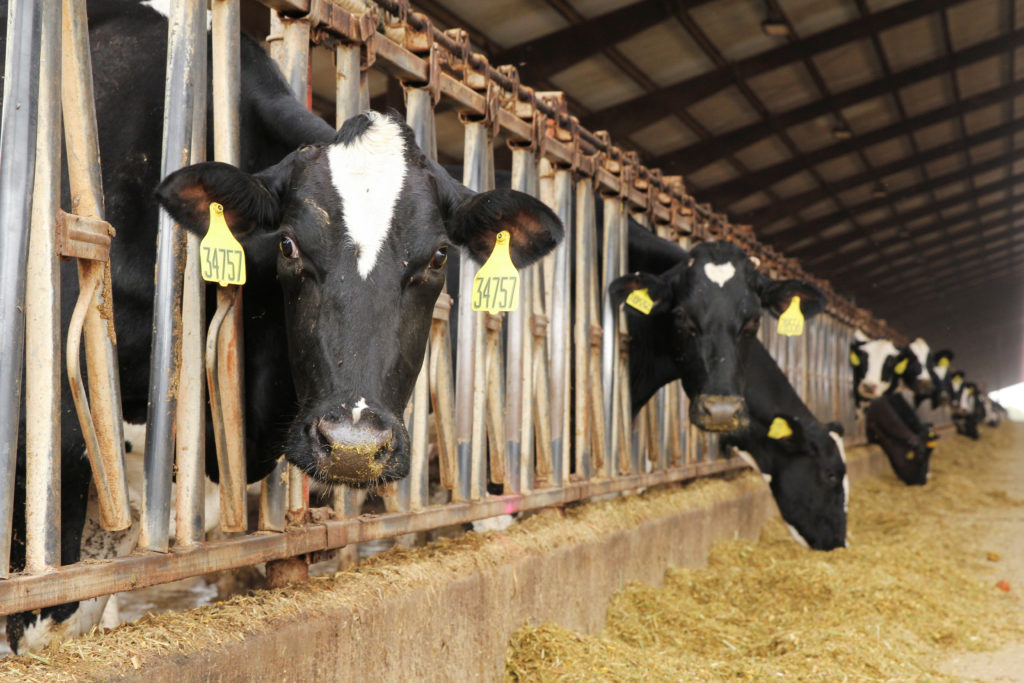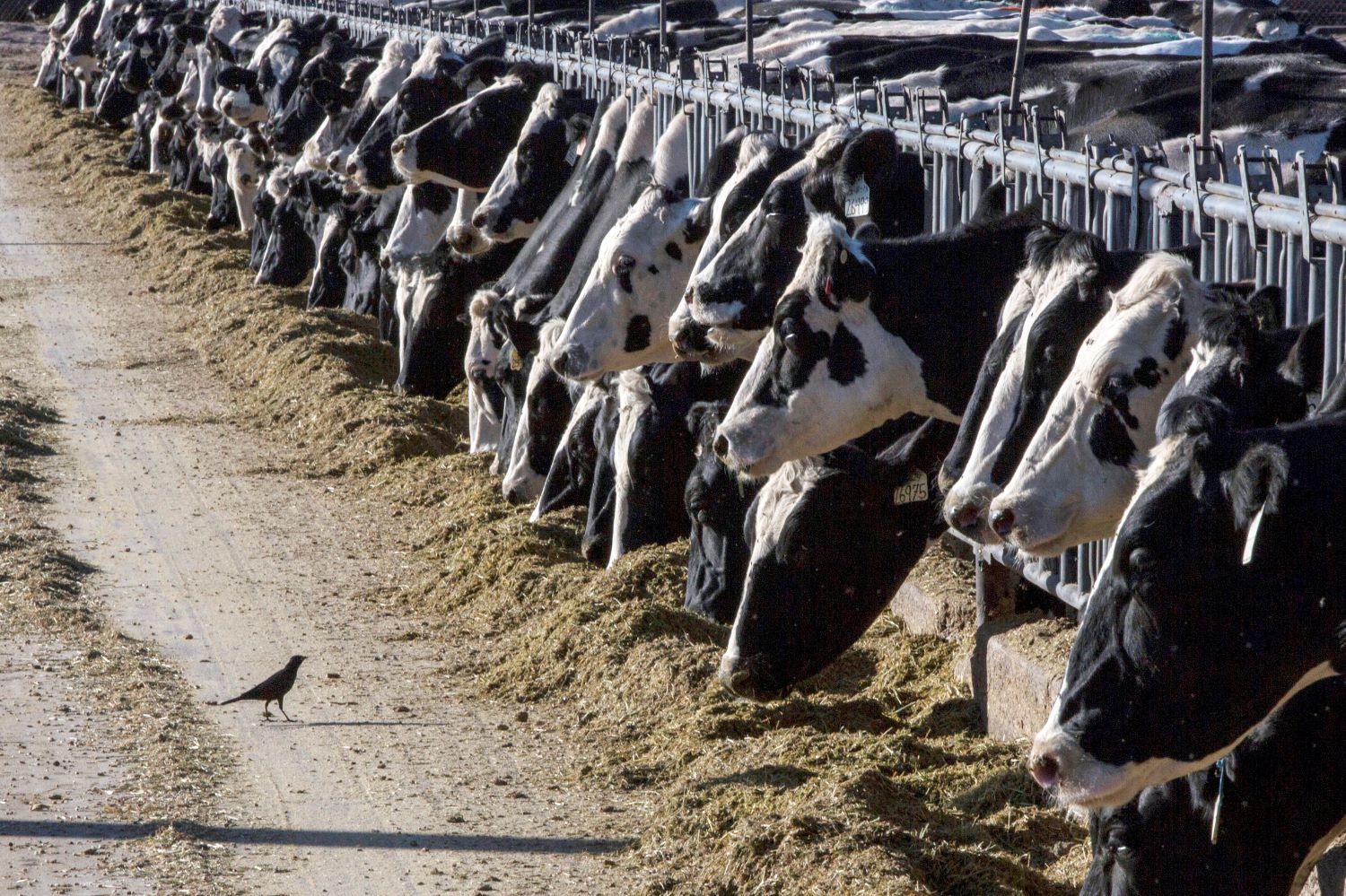Milk from dairy cows in Texas and Kansas has tested positive for bird flu, U.S. officials announced on Monday.
According to the Texas Animal Health Commission, the flu virus identified is the Type A H5N1 strain, which has a history of causing outbreaks in birds and sporadically infecting humans.
The virus has been affecting older dairy cows in these states as well as in New Mexico, leading to reduced milk production and decreased appetite.
This discovery follows a recent announcement from Minnesota where goats on a farm, previously affected by bird flu in poultry, were also diagnosed with the virus.
This marks the first known instance of highly pathogenic avian influenza being detected in U.S. livestock.
The U.S. Department of Agriculture reassured the public that the commercial milk supply remains safe, with minimal risk to human health.
Dairy farms are mandated to only allow milk from healthy animals into the food supply chain, diverting or disposing of milk from sick animals.
Additionally, pasteurization, required for milk sold across state lines, effectively kills viruses and other harmful bacteria.
“At this point, there are no concerns regarding the safety of the commercial milk supply or any significant risk to consumer health,” the USDA stated.
Government tests on the cattle confirmed that there have been no mutations to the virus that would increase its transmissibility to humans.
Concerns among Texas dairy farmers initially arose three weeks ago when cattle began exhibiting symptoms of what officials termed as a “mystery dairy cow disease,” according to Sid Miller, Texas Department of Agriculture Commissioner.

Milk production plummeted, and the cows showed signs of lethargy and decreased appetite.
“We had never seen anything quite like it before,” Miller remarked. “It was similar to them having a cold.”
An investigation led by the state’s animal health commission, which included tests for bird flu, indicated that infected wild birds likely transmitted the virus to the cows, said Erin Robinson, a spokesperson for the commission.
Experts noted that dairy livestock typically recover naturally within seven to 10 days, unlike poultry affected by bird flu outbreaks, which often necessitate culling entire flocks.
Since 2022, outbreaks have affected approximately 82 million wild and commercial birds in the U.S.
So far, the virus has affected around 10% of lactating dairy cows in affected herds, according to Michael Payne, a food animal veterinarian and biosecurity expert from the University of California-Davis Western Institute for Food Safety and Security.
“This situation differs significantly from high-path influenza seen in bird populations,” Payne explained.
The virus was detected in unpasteurized milk samples from sick cattle at two dairy farms in Kansas and one in Texas, as well as from a nose and throat swab from another Texas dairy.
Officials characterized the situation as rapidly evolving, with involvement from the Food and Drug Administration, Centers for Disease Control and Prevention, and authorities in the affected states.
Iowa, another state with a significant dairy industry, stated it is actively monitoring developments.
Industry officials in the dairy sector have intensified biosecurity measures on U.S. farms, including restricting access and visits to essential personnel only, in response to the outbreak.
Michael Payne highlighted that bird flu has previously been reported in 48 different mammal species, adding, “It was likely only a matter of time before avian influenza spread to ruminants.”
